Latest Podcast: Tracks Opening Support Your Track at ThisShirtSupportsMyTrack.com
ADVERTISEMENT | ADVERTISE WITH US
Press Releases
ADVERTISEMENT | ADVERTISE WITH US
By Tyler Hooks
LiveRC.com
Press Release from AKA Products:
www. raceaka.com
Share:
New Infinity Silicone Diff Fluid Options
1 day, 12 hours ago
New Xray X4 Carbon Fiber Fusion Upper Arms
1 day, 12 hours ago
New Team Orion Torsion 8X ESC
1 day, 12 hours ago
New Mon-Tech Racing F23 F1 Body
1 day, 12 hours ago
New JConcepts JCI Power Master SCX24 Body
2 days, 11 hours ago
More Articles
ADVERTISEMENT | ADVERTISE WITH US
Tyler Hooks is a recent college graduate with a BBA in management and a Minor in Communications from St. Edwards University as well as a ROAR Stock National Champion and was apart of the IFMAR World Championship USA team in 2016. Tyler is currently an Editor as well as in the Advertising department at Live Race Media and frequently is apart of the broadcast team at major events.
More by Author
2022 Visions Off-Road RC Championships
June 10, 20224
2022 ROAR 1/8th Scale Off-Road Nationals
March 17, 202212
2022 Dirt Nitro Challenge
Feb. 24, 20229
2022 CRCRC Midwest Electric Champs
Jan. 6, 20225
2021 Team Associated Off-Road Race
Nov. 4, 20210
More Events
ADVERTISEMENT | ADVERTISE WITH US
Cookie Consent by Cookie ConsentBackground
Pro-Line strives to stay on the leading edge of race tire technology and the 2012 1:8 Nitro Off-Road World Championships in Argentina provided the opportunity to prove that once again.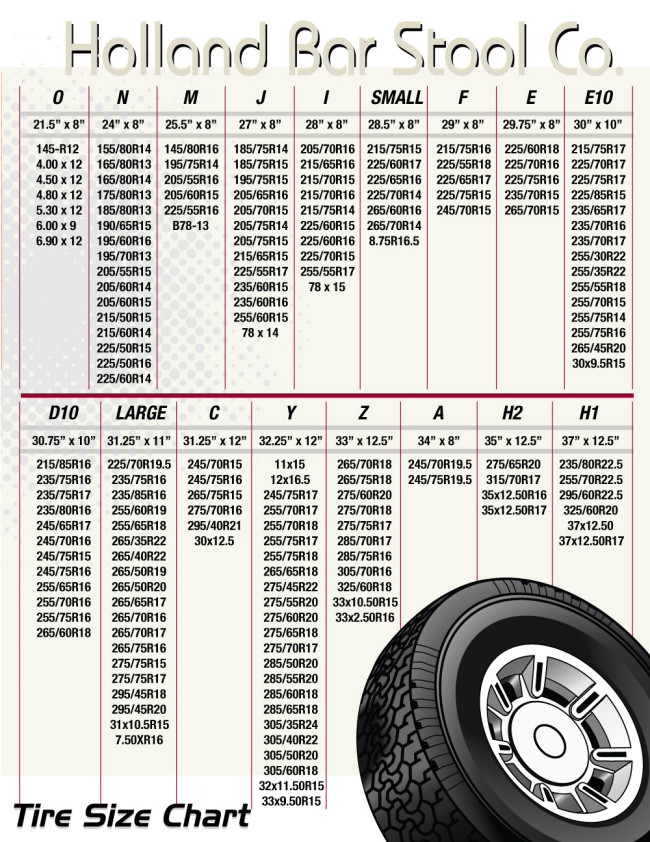 The "Speed Paradise" track in Argentina is a challenging European-Style (High-Speed, abrasive and bumpy) track that tests the limits of rubber technology requiring a new approach to rubber compounds beyond the normal M-Series of compounds that Pro-Line is known for.
The "Speed Paradise" track in Argentina is a challenging European-Style (High-Speed, abrasive and bumpy) track that tests the limits of rubber technology requiring a new approach to rubber compounds beyond the normal M-Series of compounds that Pro-Line is known for.
The X Compound Introduced
Pro-Line's field of World Championship level drivers spent months at the track testing and working with Pro-Line engineers to develop an all-new line of Race Tire Compounds specifically suited to High-Speed European-Style tracks. The improved mechanical properties of the X Compound provides unmatched stability and traction at high-speed while also enhancing the wear characteristics of the Tires. Similar to Pro-Line's M-Series compounds, the new X Compound is available in different hardness levels to suit your current track conditions: X1 (Firm), X2 (Medium), X3 (Soft) and X4 (Super Soft).
1:8 BUGGY TIRES
"Pro-Line tires always give me the grip I need no matter what the surface, but the X compound takes it a step further by extending the life of the tire without sacrificing the grip. "
"
- Ty Tessmann
1:8 TRUCK TIRES
1:10 BUGGY TIRES
|
Hole Shot 2.0 2.2" 4WD Front
|
|
Hole Shot 2.0 2.2"
|
|
Electron 2.2"
|
"I'm delighted with my national title.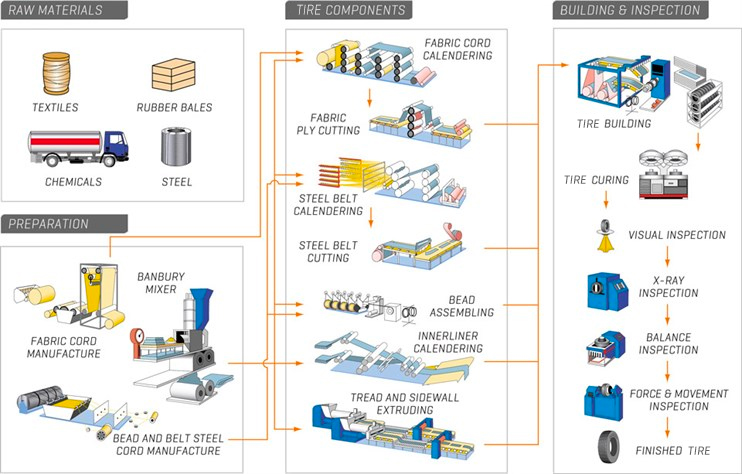 It's been a long time since I last won a BRCA championship and I must admit it feels weird. It came down to the wire but I managed to get the job done. Thank you Pro-Line for all the support and development over the past year. It's made a huge difference on our tracks having the X compounds. Keep up the good work"
It's been a long time since I last won a BRCA championship and I must admit it feels weird. It came down to the wire but I managed to get the job done. Thank you Pro-Line for all the support and development over the past year. It's made a huge difference on our tracks having the X compounds. Keep up the good work"
- Craig Drescher
"I used M3 Blockades in qualifying and X3 Blockades in the 45 minute main. I still had 15-20% of tread left on a dry track and my lap times stayed consistent throughout the entire 45 minute final. I am very impressed with the wear characteristics of the X3 compound."
- Marty Korn
" At this year's Neo race we saw the introduction of the new X4 compound and the team drivers, including myself loved it! We ran the tyre in holeshot, square fuzzies and also suburbs. This could be the new go to tyre for low traction tracks! "
- Lee Martin
"On the electric car we ran Holeshot X4, on the nitro we ran X4 suburbs, all drivers ran the X4 compound, we were having to share between 5 drivers as Cody had none, so we had be careful on how we used and managed the tyres, the suburbs ran for nearly a hour, but were still real good, its a great compound, are you going to do this is Blockade etc, as this is going to be the way forward on a lot of our tracks over the next few months, Blockade and bowtie x4 would be great for the next national at Slough"
- Chris Boots
©2022 All Rights Reserved. PROTOform
PROTOform
In this article, we will talk about the marking of tires for passenger cars, give a decoding of their designations in the table. Car owners often have difficulty finding the right rubber, and unfamiliar numbers and letters on the side of the product lead to a stupor. However, it is they who serve as an assistant for the right choice. We have collected all the necessary information to help you quickly identify the wheel.
If you need to change tires, but you do not understand the meanings written on the product, we advise you to study the signs on the side of the car.
There are many details to pay attention to. Among the main ones:
who made the material;
trademark;
model;
what size;
speed index;
for what season;
under what conditions it is allowed to operate;
level of protection;
index that reflects the maximum load.
Usually, organization data is written in capital letters on the end of the product. This is done for advertising purposes and for customers to make it easier for them to find the right product. Most manufacturers place the original logo there as well.
Firms build factories in different countries, usually where production will be cheaper. Sometimes the quality of the products produced suffers from this. If you buy Japanese tires with a mark about their creation in Italy, they will be noticeably better than those assembled in Malaysia.
Often they write "Made in ..." on the tire and indicate information about the manufacturer. If not, you can find out by the DOT code. These are numbers that show the series and date of manufacture of a particular instance, as well as the plant.
In which state certain tires were created, you can understand by two letters. Right after the word DOT.
| Designation | Assembly point |
| 1D, h5, EN, EL, EH, EJ, h5, EP, E43 | Japan |
E1 | Germany |
| E34 | Bulgaria |
| E48 | New Zealand |
| E11 | Great Britain |
| E6 | Belgium |
| E17 | Finland |
| E8 | Czech |
| E17 | Turkey |
| E12 | Austria |
| E21 | Portugal |
| E9 | Spain |
| E14 | Switzerland |
| E18 | Denmark |
| E16 | Norway |
| E7 | Hungary |
| E2 | France |
| E5 | Sweden |
| E10 | Yugoslavia |
| E36 | Lithuania |
| E3 | Italy |
| E23 | Greece |
| E46 | Ukraine |
| E19 | Romania |
| E29 | Estonia |
| E20 | Poland |
| E4 | Netherlands |
| E47 | Africa |
| E39 | Azerbaijan |
 Most brands sell several varieties at once. Within the same brand, the line will differ:
Most brands sell several varieties at once. Within the same brand, the line will differ: This allows you to “change shoes” all the time from one manufacturer, the quality of which suits you. It is enough to choose a product according to the diameter and profile of the wheel. Each product line is designed for certain indicators:
For some, it is more important that the tire lasts more than a year, while others attach maximum importance to acceleration and forward movement.
If the rubber surface is directional, there must be an arrow in the direction of rotation, which shows how to mount it correctly. If the tires are asymmetrical, they are embossed with the words Outcide and Incide.
When purchasing a product, it is worth checking what kind of acceleration this thing will allow without harming the car's abilities. They are related to mileage per hour and the speed index below.
To understand the maximum load, we have collected the data in one list:
| Index | Maximum, kg | Index | Maximum |
| 62-65 | 265-290 | 96-100 | 708-802 |
| 66-70 | 291-334 | 101-106 | 824-952 |
| 71-75 | 344-388 | 107-112 | 970-1122 |
| 76-80 | 400-451 | 113-117 | 1152-1284 |
81-85 | 462-515 | 118-122 | 1322-1498 |
| 86-90 | 528-601 | 123-124 | 1551-1600 |
| 91-95 | 614-692 | 125-126 | 1648-1705 |
There is a radial and diagonal assembly, in which the structure will be different.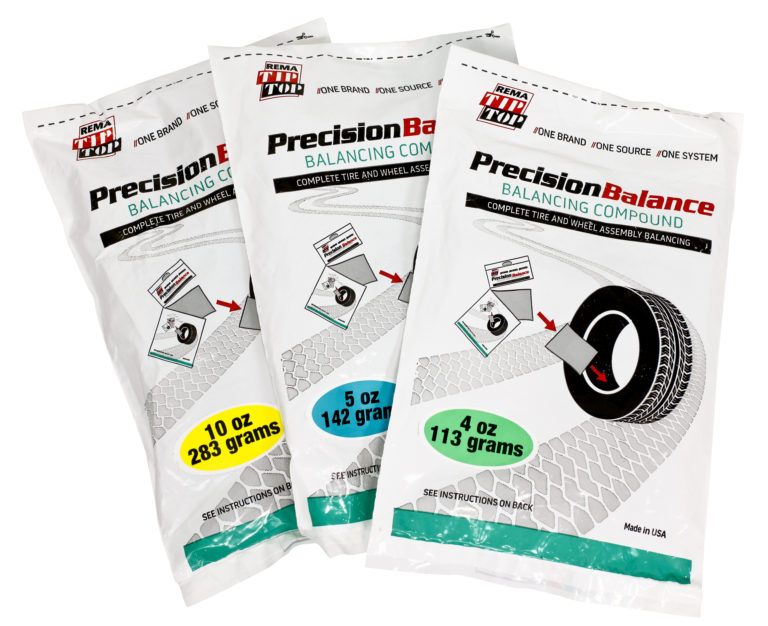
It looks like this:
R - Radial;
D is the diagonal.
Here everything is encrypted in the form of separate English characters. It is affixed after the load index.
| Maximum | Letter expression |
| 120 kilometers | If there is an L on the body |
| 130 | If there is M |
| 140 | N |
| 150 | This is the maximum - if the sign P is specified |
| 160 | Anything with Q |
| 170 | Kilometers per hour with R |
| 180 | For products with S |
| 190 | When there is T |
| 200 | U only |
| 210 | With the letter H on the body |
| 240 | Only with the specified symbol V |
| 270 | Specialized rubber with W on the side |
| 300 | Maximum speed if set to Y |
| over 300 km/h | If stamped Z |
Let's analyze what is w in tire marking? This is an opportunity to drive within the capabilities of a car, more than 270 kilometers per hour.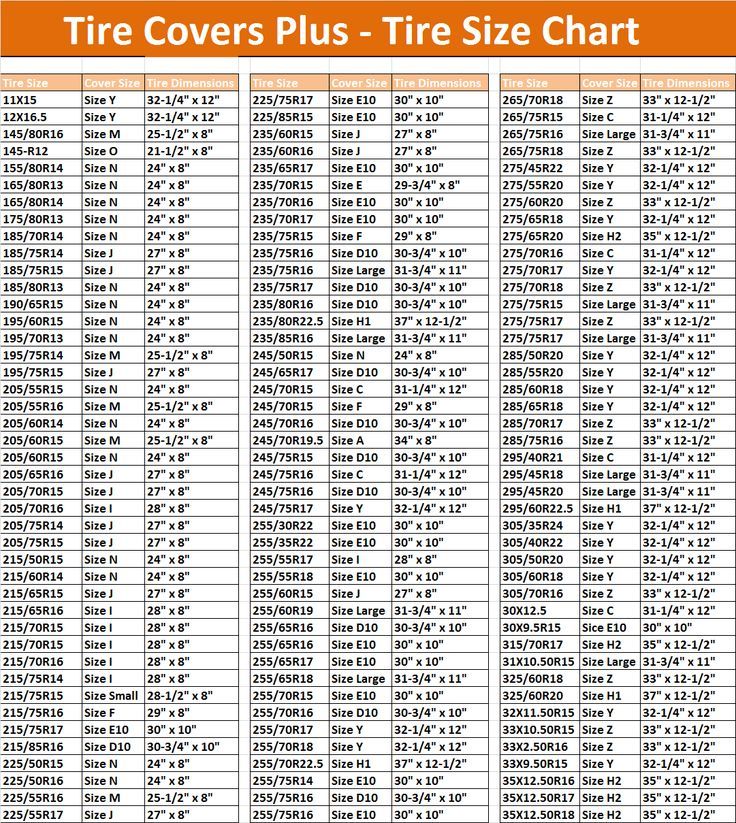
Now it’s worth delving into one of the most important questions about dimensions. Each tire has its own height, width and diameter. It must match the rims, otherwise they will become unusable. This figure is also indicated on the board - 17, 20 or 15, and for trucks and larger vehicles - the number will be higher.
| Product dimensions | 135/80 R12 | 155/80 and 165/80 R13 | 175/80 R13 | 165/80 R14 | 175/80 R16 | 155/70 R13 |
| Rim | 4.00 to 4.50 | 4 1/2 J* 4J, 5J 5 1/2 J | 4J* 4 1/2 J | 5J* 4 1/2 J | 5J* | 4 1/2J, 4J, 5J |
| Product dimensions | 165/70 R13 | 175/70 R13 | 185/70 R13 | 175/70 and 165/70 R14 | 205/70 R14 | 185/65 R13 |
| Rim | 4 1/2 J* 4J, 5J | 5J 5 1/2 J 4 1/2 J | 6J*,7J | 5J 5 1/2 J | 5 1/2 J 6J, 6 1/2 J | 5 1/2J, 6J |
For light trucks, the numbers will be slightly different:
Tire | 185/80R15C | 215/80 R16C | 225/75 R16C | 5. |
| Rim | 5 1/2 J*, 5K, 6J | 6J* | 6 1/2J*, 6J, 5 1/2J | 4 J*, 4 1/2 J |
In modern production, the second option is usually made. But sometimes there are old models. It is easier to distinguish them by specially applied letters:
TL (Tubeless). Without a camera. Inside there is space and air that is saved because the rubber is as close to the rim as possible. In addition, a special layer of elastic material is made.
TT (TubeType). They are collected from the inner chamber, which is made from thin fabric and tires. This helps keep the air cushion inside.
If you need to choose one of them, we advise you to take a closer look at tubeless ones. They allow better acceleration, safer and more reliable handling.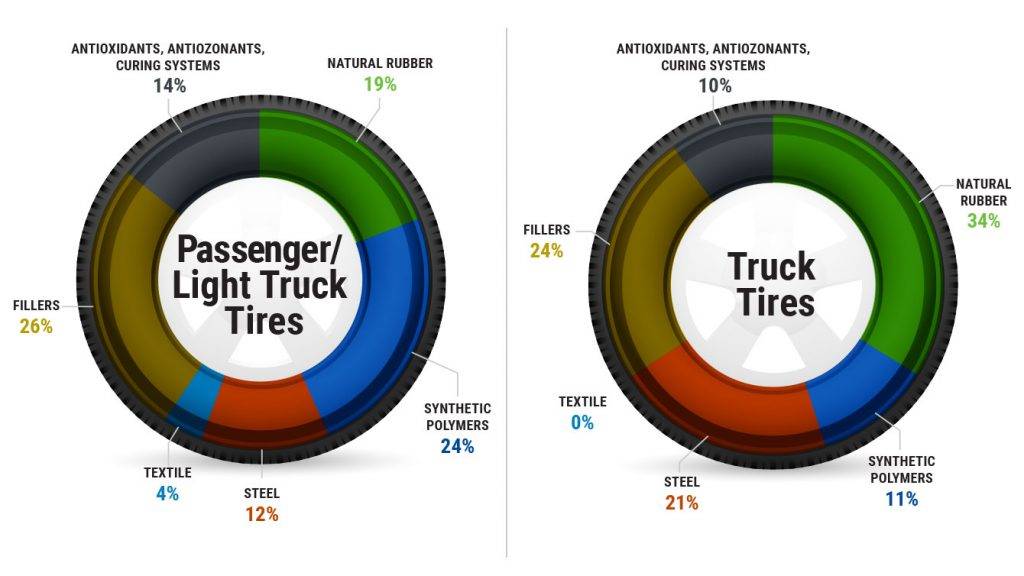
Of course, each company seeks to protect its products from a quick failure. Therefore, they use different technologies that save parts from cuts. But each manufacturer labels it differently. Below are the most common signs.
| Who makes | Marking |
| Japanese Bridgestone | RFT |
| German Continental | SSR |
| American Goodyear | EMT |
| South Korean Kumho | RF |
| French famous Michelin | ZP |
| Italian Pirelli | RF |
| Finnish Nokian | RF |
| Japanese popular Yokohama | RF |
Common characteristics:
Treadwear. An index that reflects the level of wear resistance. Shows the degree and speed at which the wheel wears out - usually in the range from 100 to 500. The higher the indicator, the better the rubber will resist. But it also depends on the quality of the road surface, the owner's favorite driving style.
An index that reflects the level of wear resistance. Shows the degree and speed at which the wheel wears out - usually in the range from 100 to 500. The higher the indicator, the better the rubber will resist. But it also depends on the quality of the road surface, the owner's favorite driving style.
temperature. Temperature indicator. With it, you can understand how heat-resistant material is used on car rubber. There are 3 types in total - A, B, C. The first is considered the best, and C is the most mediocre.
Reinforced. Gain. The presence of this word on the tire indicates that the cord was reinforced with an additional layer or some other details.
If mounting is allowed only on the front axle, then another letter is written - "F", if on the rear - "R".
In the USA, tires are marked differently than in Europe and the countries of the former USSR region. Usually it looks like 28*8.5R 16LT.
Usually it looks like 28*8.5R 16LT.
It is deciphered simply:
28 is the outer radius in inches;
8.5 - width in the same units of measurement;
R - cord threads intersect radially;
16 - inner radius;
LT - what kind of transport can use it, in this case commercial.
Manufacturers additionally apply small markings - dots of three basic shades. They are usually red, green or yellow. With their help, it becomes easier to mount the wheel. Let's see what they are for.
A yellowish triangle or circle will show the easiest spot.
Red is the densest point. When the wheel is mounted, it must be placed next to the L mark on the disk.
Green. Required during initial installation, it is affixed at the factory.
You can also often find multi-colored stripes that are applied at the place of production and in warehouses. For buyers, they do not carry a semantic load, but are needed for loading and unloading, so they are used.
For buyers, they do not carry a semantic load, but are needed for loading and unloading, so they are used.
If you need to keep a record of kits in stock, we advise you to contact Cleverens for equipment. It employs people who understand office work and will be able to help you choose the best equipment and high-quality software to complete the tasks of any business.
Another important parameter. Over time, tires also lose their properties, even if they have been in the warehouse for a long period, and have not been actively used by the car. When stored for a long time, tires lose their elasticity, so their driving performance becomes worse.
Determining this date is not difficult if you look at the DOT abbreviation. Pay attention to the last 4 digits of the code, which are in the semi-oval. If 4719 are entered, then tires were produced in the 47th week of 2019.
When deciphering the labeling of winter tires for passenger cars, you will definitely notice a pictogram that indicates the seasonality of the product.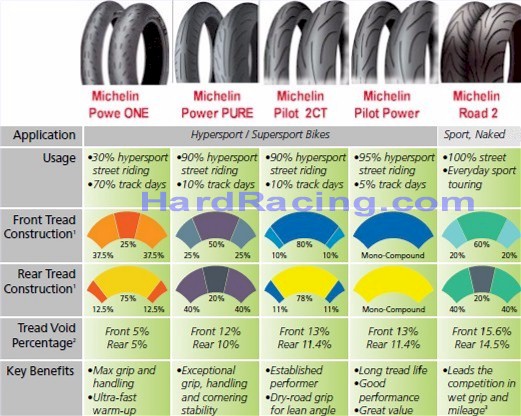 Usually these are the following designations:
Usually these are the following designations:
A crystal of snow, often with ice particles around it. This is a picture that separates winter tires from the general mass. They are distinguished by deep treads from 8 to 10 mm, a special working surface and a softer coating.
Sun. These are summer "shoes" that are not afraid of heat up to +40 degrees.
All-season with the inscription Allseason. They are suitable when the weather changes only between +7 and +30.
Additionally, they are often written S + M. These are designations that indicate the use of goods in difficult conditions, in the presence of wet snow and ice. If an umbrella or a raindrop is painted on the side of them, this ensures that the model will cope with continuous precipitation and water on the road.
So that there are no questions, we suggest looking into specific rubber.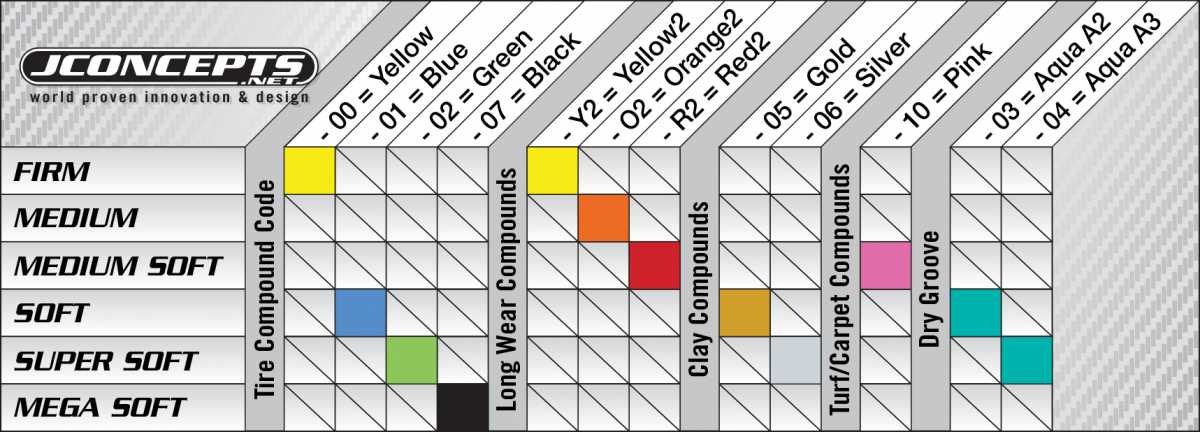 One of the models has the following abbreviation:
One of the models has the following abbreviation:
Tubeless, R, 175/80 R16 101 T.
Tubes means it is a tubeless variety;
R speaks of its radiality, which is now common;
E16 - made in Norway, also wheel dimensions;
175 - width;
80 - height;
101 - the index indicates a maximum load of 824 kilograms;
T - 190 kilometers per hour - the maximum that is available to this car.
Speed up your warehouse workforce with mobile automation. Permanently eliminate errors in receiving, shipping, inventory and movement of goods.
To learn more
Mobility, accuracy and speed of counting goods on the trading floor and in the warehouse will allow you not to lose days of sales during the inventory and upon acceptance of the goods.
To learn more
Compulsory labeling of goods is an opportunity for each organization to 100% exclude the acceptance of counterfeit goods into its warehouse and track the supply chain from the manufacturer.
To learn more
The speed, accuracy of receiving and shipping goods in the warehouse is the cornerstone of the E-commerce business. Start using modern, more efficient mobile tools.
To learn more
Increase the accuracy of accounting for the organization's property, the level of control over the safety and movement of each unit. Mobile accounting will reduce the likelihood of theft and natural losses.
To learn more
Increase the efficiency of the manufacturing enterprise through the introduction of mobile automation for inventory accounting.
To learn more
Russia's first turnkey solution for accounting for goods using RFID tags at each stage of the supply chain.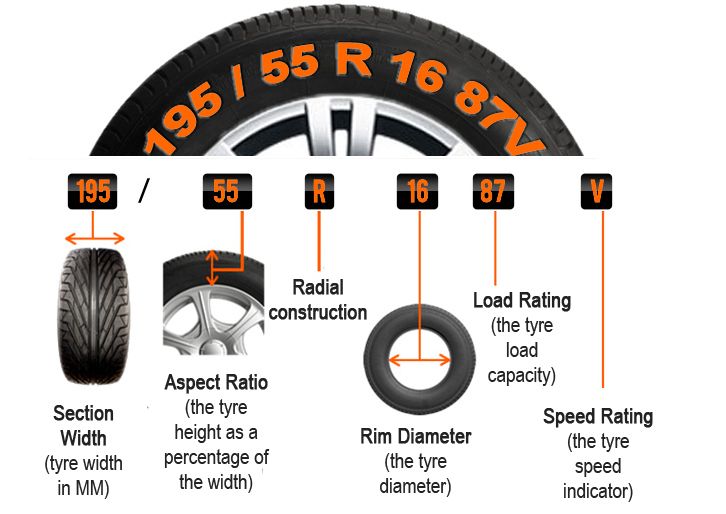
To learn more
Eliminate errors in matching and reading excise stamps of alcoholic products using mobile accounting tools.
To learn more
Obtaining the certified status of a Cleverens partner will allow your company to reach a new level of solving problems at the enterprises of your clients..
To learn more
Use modern mobile tools to conduct an inventory of goods. Increase the speed and accuracy of your business process.
To learn more
Show all automation solutions
| Replacement dimensions | Most suitable | Also suitable for replacement |
| 135 and 80R12 | 155 to 70R12 | 155 and 65R3 |
| 165 to 70R13 | 185 to 65R13 | 165 to 65R14, 175 to 70R13, 185 to 60R14, 195 to 50R15 |
| 175 to 70R13 | 175 to 65R14 | 185 to 60R14, 185 to 65R13, 155 R13, 165 to 70R14, 165 to 65R14 |
| 175 to 70R14 | 185 to 65R14 | 195 to 55R15 |
| 185 to 70R14 | 195 to 65R14 | 205 to 55R15, 195 to 60R15 |
| 195 to 65R15 | 215 to 60R15 | 235 to 55R15, 205 to 55R16, 215 to 55R15 |
| 195 to 70R15 | 205 to 65R15 | 225 to 60R15, 205 to 55R16 |
| 205 to 70R15 | 215 to 65R15 | 235 to 60R15, 205 to 65R15, 225 to 65R15, 205 to 75R15, 215 to 65R15 |
Based on all of the above, we can conclude that choosing a product yourself is not as difficult as it might seem.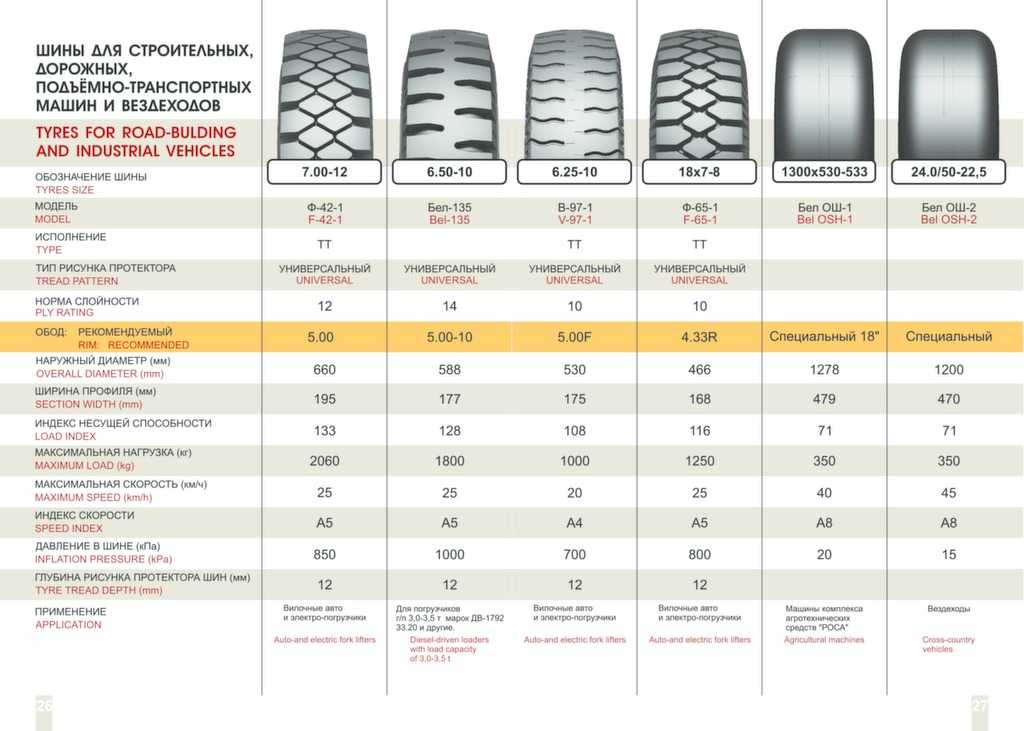 Numerous nuances and subtleties have now become clear and simple, the letters have turned into abbreviations that are easy to decipher.
Numerous nuances and subtleties have now become clear and simple, the letters have turned into abbreviations that are easy to decipher.
Now you can find the right kit based on the time of year, weather conditions, expected driver speed, and frequent outside temperatures. You even learned about the many additional features that rubber has.
Each buyer is guided in the market by his own brand of car and financial capabilities. You should not accelerate to 180 kilometers per hour if you purchased a product with a limit of 120 kilometers per hour.
We recommend taking into account even minor characteristics and the date of production. It is not advisable to put on the front axle what is intended for the rear. If you plan to ride on rough terrain, where there is a high probability of a puncture or cut of rubber, choose those models that have maximum protection.
In the article, we told what the marking on a variety of tires means, gave examples and deciphered everything to the smallest detail.![]()
There is a lot of useful information in the video below. Cleverance CEO Sergey Bazhenov talks and answers questions about total labeling in Russia.
Within this group of products, it will be possible to use the company's software products, which have already proven to be very reliable.
For the wholesale link - Warehouse 15.
For stores - "Shop 15".
Number of impressions: 31220
Author:
Adam Cooper
Click to download the audio player
In May, the FIA and the F1 leadership asked Pirelli to simplify the names of the tire compounds in order to make Grand Prix events more understandable to fans.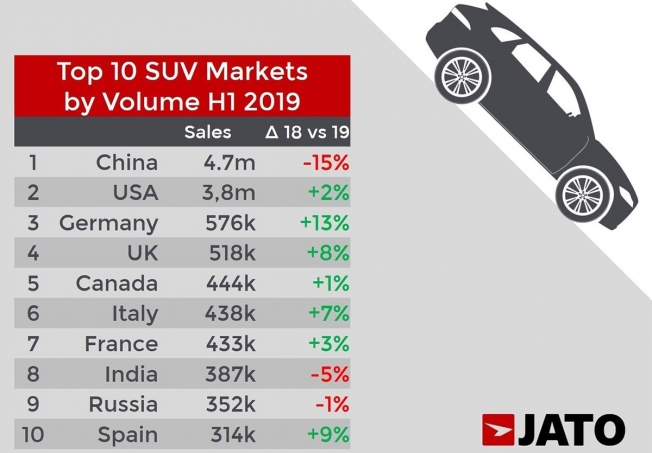 Pirelli currently supplies teams with seven types of dry weather tires, some of which have similar names: HyperSoft, UltraSoft, SuperSoft, Soft, Medium, Hard and SuperHard.
Pirelli currently supplies teams with seven types of dry weather tires, some of which have similar names: HyperSoft, UltraSoft, SuperSoft, Soft, Medium, Hard and SuperHard.
At the Belgian Grand Prix, Mario Isola said that in the 2019 seasonPirelli will keep the current range of rubber compounds, but will drop the current names. Instead, the line of tires that will be brought to each Grand Prix will consist of the names Hard, Medium and Soft. In terms of their structure, these tires will change at each stage, just like in 2018. However, Pirelli has not yet decided what colors they will mark them with.
“There will be three names: Hard, Medium and Soft,” Isola told reporters. “But we are still discussing what colors they will get. After receiving a request from F1 and the FIA [...] we looked into whether it would be possible to go this route as this would affect production, logistics, our tire business and marketing. I have discussed this with all departments to make sure we are doing everything right.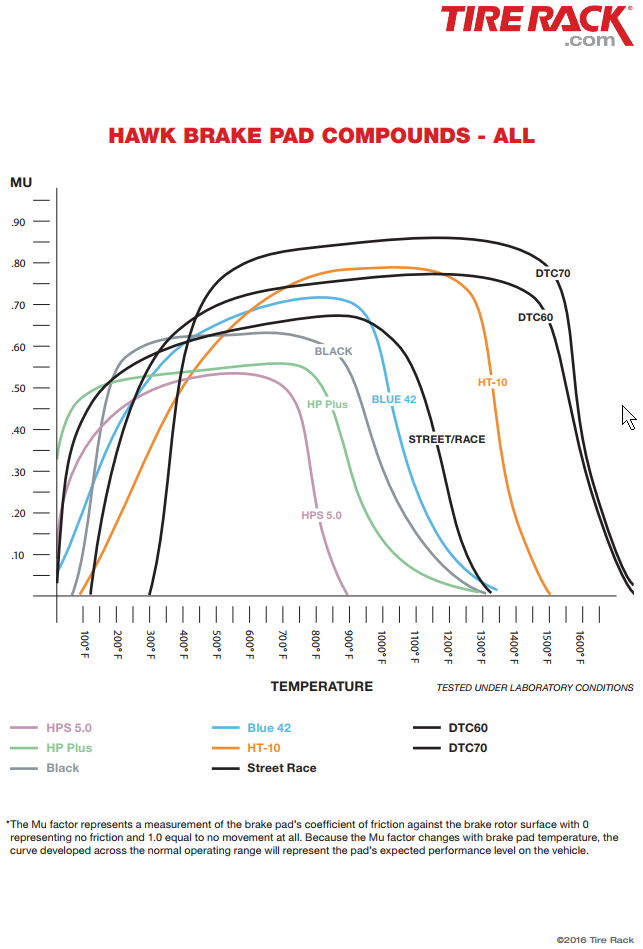 ”
”
Despite the change in tire designations, Pirelli will continue to provide the media and fans with details of the tire compounds, which will change from race to race.
“We need to communicate what rubber compounds we actually use, especially in tests,” Isola said. – Because all compounds are available for testing, and we need to figure out how to mark tires.
I can imagine the confusion that can arise during pre-season testing! But, hopefully, we will cope with this during the races, where we will have three compositions. Compared to the past, this approach is completely different.”
Many teams now use simplified tire terminology, especially in radio communications. “They still say Prime, Option and Qualy - like they did 15 years ago! Isola added. "There's no way we can change that, but now that Hard, Medium and Soft are out, maybe they'll start using those names."
Bet here
Bet now
Bet here
Bet now
Previous news
Kubica willing to replace Stroll at Williams
Next news
"Give me a reliable car first.